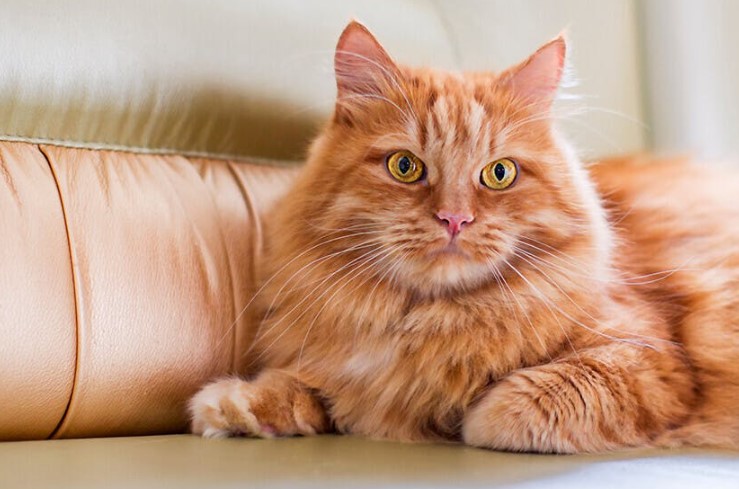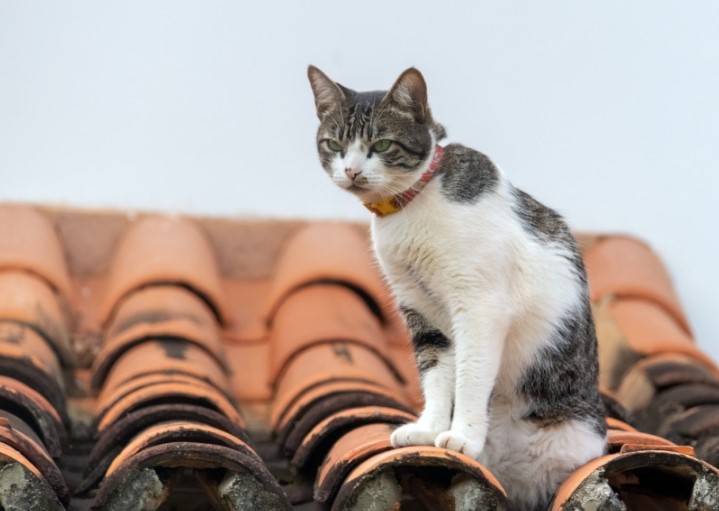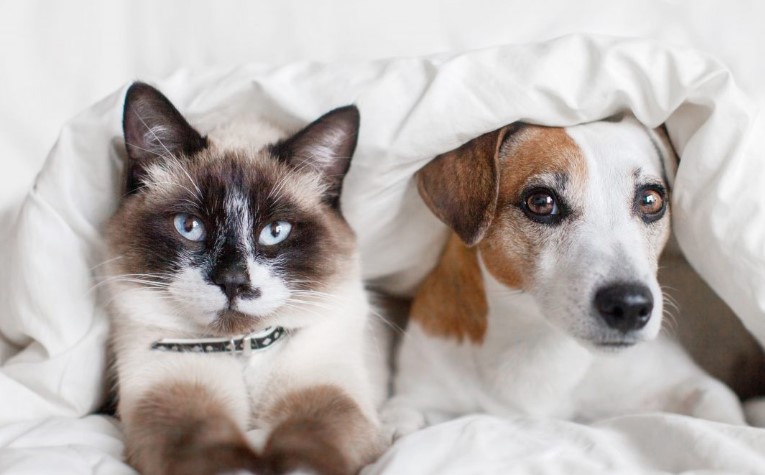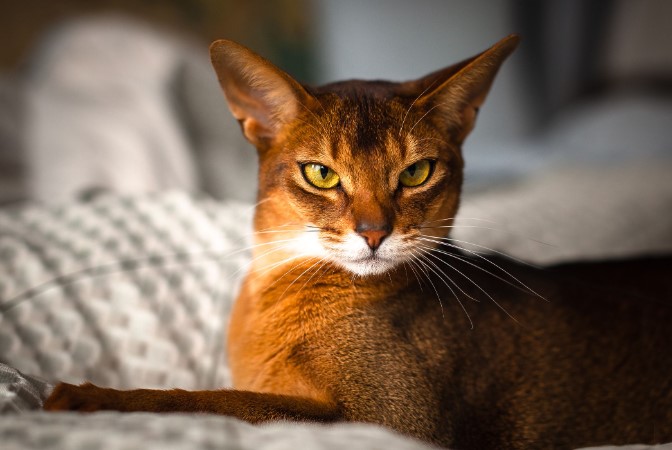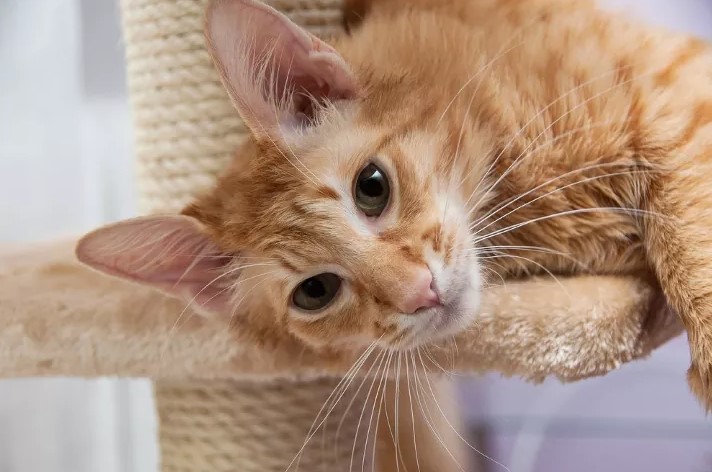
Balinese-Javanese Cat: The Elegant Feline of Southeast Asia
1. Introduction to Balinese-Javanese Cats
Balinese-Javanese cats, also known as Javanese Longhair, are a unique breed originating from Southeast Asia. Renowned for their elegant appearance and affectionate nature, these felines have captured the hearts of cat enthusiasts worldwide.
2. Origin and History
Ancestry of Balinese-Javanese Cats
Balinese-Javanese cats share their lineage with the Siamese breed, tracing back to ancient times in the temples of Siam (now Thailand). These cats were revered as sacred companions to monks and royalty.
Development of the Breed
In the mid-20th century, breeders in North America began selectively breeding Siamese cats with longer hair, resulting in the development of the Balinese-Javanese breed. The breed’s name pays homage to the graceful dancers of Bali and Java, reflecting their fluid movements and sleek appearance.
3. Physical Characteristics
Coat Length and Texture
Balinese-Javanese cats boast a luxurious, semi-longhaired coat that lies close to the body, accentuating their slender physique. Their silky fur lacks an undercoat, making grooming relatively manageable compared to other longhaired breeds.
Body Structure
These cats exhibit a slender yet muscular build, with long, graceful bodies and elegant legs. Their tails are long and tapering, adding to their overall sense of grace and balance.
Facial Features
Balinese-Javanese cats possess striking blue almond-shaped eyes that convey intelligence and curiosity. Their triangular-shaped heads are complemented by high cheekbones and large, expressive ears.
4. Personality Traits
Temperament
Known for their outgoing and affectionate nature, Balinese-Javanese cats thrive on human companionship and are often described as “people-oriented” pets. They enjoy interactive play and are highly adaptable to various living environments.
Intelligence
Balinese-Javanese cats are exceptionally intelligent and excel in learning tricks and commands. They enjoy mental stimulation and benefit from puzzle toys and interactive games to keep their minds engaged.
Social Behavior
These sociable felines are not only affectionate towards their human family members but also get along well with other pets, including dogs and other cats. They thrive in households where they receive ample attention and companionship.
5. Grooming Needs
Coat Care
Despite their longhaired coats, Balinese-Javanese cats require minimal grooming compared to other breeds. Regular brushing helps prevent matting and reduces shedding, keeping their fur silky and tangle-free.
Nail Trimming
Routine nail trimming is essential to prevent overgrowth and potential injury. Providing a scratching post also helps satisfy their natural instinct to scratch while keeping their claws in check.
Dental Care
Maintaining good oral hygiene is crucial for the overall health of Balinese-Javanese cats. Regular brushing and dental treats can help prevent dental issues such as tartar buildup and gum disease.
6. Health Considerations
Common Health Issues
While generally healthy, Balinese-Javanese cats may be prone to certain genetic conditions, including hypertrophic cardiomyopathy (HCM) and progressive retinal atrophy (PRA). Regular veterinary check-ups are essential for early detection and prevention.
Veterinary Care
Routine vaccinations, parasite prevention, and spaying or neutering are vital components of responsible cat care. Owners should establish a relationship with a trusted veterinarian to ensure their cat’s health needs are met.
7. Diet and Nutrition
Dietary Requirements
Balinese-Javanese cats thrive on a balanced diet rich in high-quality protein, vitamins, and minerals. Providing a mix of wet and dry food tailored to their age and activity level helps maintain optimal health and vitality.
Feeding Schedule
Establishing a consistent feeding schedule promotes healthy eating habits and prevents overeating. Dividing meals into smaller portions throughout the day mimics their natural hunting behavior and helps prevent obesity.
8. Exercise and Activity
Playtime Recommendations
Regular play sessions are essential for keeping Balinese-Javanese cats mentally and physically stimulated. Interactive toys, laser pointers, and feather wands are excellent options for engaging their natural hunting instincts.
Environmental Enrichment
Creating a stimulating environment with climbing structures, scratching posts, and cozy hiding spots provides opportunities for exercise and exploration. Rotating toys and introducing new enrichment activities prevent boredom and encourage engagement.
9. Training Tips
Litter Training
Balinese-Javanese cats are typically fastidious about their litter box habits. Providing a clean, easily accessible litter box in a quiet location encourages proper elimination behavior.
Behavioral Training
Positive reinforcement techniques, such as clicker training and treats, can be used to teach desired behaviors and discourage unwanted habits. Consistency and patience are key to successful training outcomes.
10. Living with Balinese-Javanese Cats
Suitable Living Environments
Balinese-Javanese cats thrive in homes where they receive plenty of attention and mental stimulation. They adapt well to indoor living but may enjoy supervised outdoor access in safe, enclosed spaces.
Compatibility with Other Pets
Their friendly and sociable nature makes Balinese-Javanese cats excellent companions for other pets. Proper introductions and gradual acclimatization help ensure harmonious relationships between cats and dogs.
11. Famous Balinese-Javanese Cats
Throughout history, Balinese-Javanese cats have captured the spotlight in various media and entertainment productions. Their striking appearance and charismatic personalities have made them beloved companions of celebrities and cat enthusiasts alike.
12. Adoption and Breeder Resources
For those considering adding a Balinese-Javanese cat to their family, adoption shelters and reputable breeders are excellent resources. Adoption offers the opportunity to provide a loving home to a cat in need, while responsible breeders prioritize the health and welfare of their cats.
13. Conclusion
In conclusion, Balinese-Javanese cats embody elegance, intelligence, and affection, making them cherished companions for families and individuals alike. With their striking appearance and loving nature, these felines bring joy and companionship to households around the world.
14. FAQs
1. Are Balinese-Javanese cats hypoallergenic?
Balinese-Javanese cats are often considered hypoallergenic due to their minimal shedding and low dander production. However, individual allergic reactions may vary, so spending time with the cat before adoption is recommended.
2. Do Balinese-Javanese cats require a lot of grooming?
Despite their longhaired coats, Balinese-Javanese cats require minimal grooming compared to other longhaired breeds. Regular brushing helps prevent matting and keeps their fur silky and tangle-free.
3. Are Balinese-Javanese cats suitable for apartment living?
Yes, Balinese-Javanese cats adapt well to apartment living, provided they receive ample attention, mental stimulation, and opportunities for play and exercise.
4. How long do Balinese-Javanese cats live?
On average, Balinese-Javanese cats have a lifespan of 12 to 16 years. With proper care and regular veterinary check-ups, they can live long, healthy lives.
5. Are Balinese-Javanese cats vocal?
Balinese-Javanese cats are known for their vocal nature and may engage in conversations with their owners using a variety of chirps, meows, and trills.
